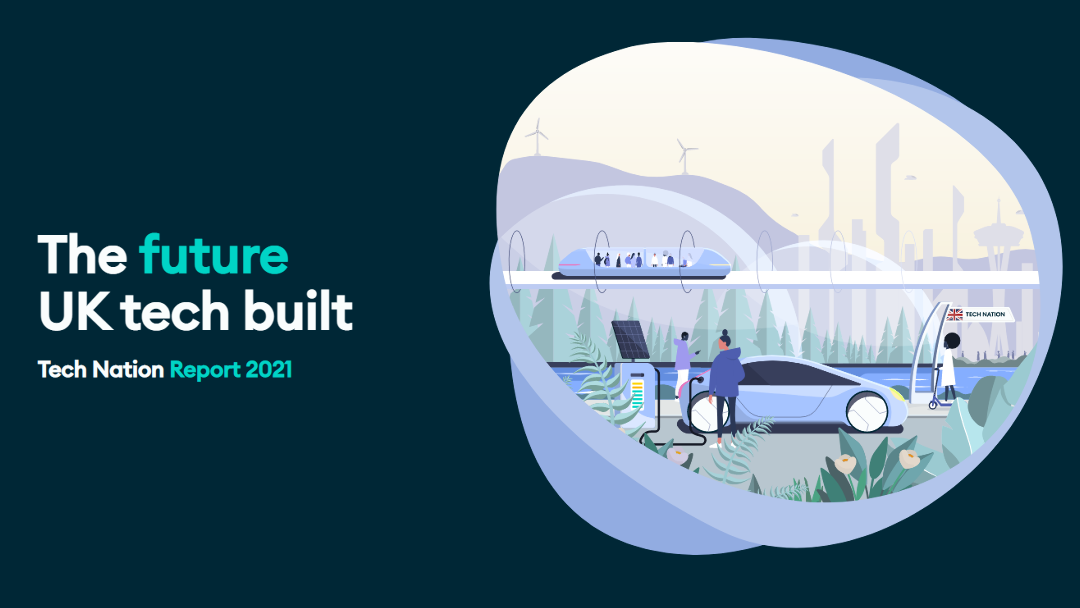reports

The Future UK Tech Built





Moving past a business case for diversity
Jinaide Shannon Yeboah, Women in Tech forum
April 2021
There are various challenges to diversity in the workplace, notably a distinct lack of empirical evidence of the effect of diversity. Despite this, many businesses ‘fall for’ the fallacy that financial performance increases with the number of female directors. Although there is data to suggest a correlation, further study suggests it to be of minimal significance (Ely and Thomas, 2020). For this reason, companies must look beyond diversity as a quota to be met and look to sustainably diversify their workforce.
Both women and ethnic minorities are woefully underrepresented in the UK workforce, according to GOV.UK (2019), those from BAME backgrounds accounted for just 17.3% of the workforce in 2019 (GOV.UK, 2019). In the Science, Technology, Economics and Mathematics (STEM) industries, women and BAME communities made up just 24% (WISE, 2020) and 12% (STEM Women, 2021) of the workforce, respectively. And although, 85% of BAME IT professionals achieve higher education, they are still less likely to hired compared to white professionals (62.8% vs. 75.6%) according to the McGregor-Smith Review (2018).
To implement diversity, and inclusivity in the workplace, we must first understand that they are not interchangeable and are equally important. According to an article by Harvard Business Review (Carr, Reece, Kellerman & Robichaux, 2019), 40% of people feel isolated at work yet social belonging is stated as being a ‘fundamental’ need for humans. Companies spend billions on diversity and inclusion programs each year, which have little effect because they fail to address the foundations of these issues, favouring to gloss over them.
Improving diversity does not only lie in improving the pipeline from education to employment but retention of individuals once in work. To create a diverse workforce, employers must look to creating a culture of belonging.
Belonging is the foundation for creating sustainable inclusion and diversity in the workplace, therefore it is imperative for employers to increase and maintain levels by ensuring employees are not excluded but by having empirical methods to combating feelings of exclusion. Only after inclusivity has been established can employers begin to create and celebrate a diverse workforce, both of which have been shown to have a significant effect on productivity and profitability levels (Little, 2020). Findings from BetterUp (2020) indicate a 56% increase in job performance and 75% decrease in employee sick days in companies where levels of belonging were high.
Over a six-month period, those that felt a high sense of belonging had twice as many raises than those who felt excluded and were promoted on average 18-times more. Furthermore, those that felt included were less likely to leave thus reducing the turnover risk, and also took fewer sick days.
To clearly quantify the effect of belonging and exclusion, BetterUp (2020) used a collaborative virtual game of ball toss. Those excluded from the game were shown as being less motivated to work in the team due to feeling like they do not belong. Findings indicated this effect is immediate and long-term with individuals productivity levels diminishing instantly and by 25% on future tasks with the team (BetterUp, 2020). The unwillingness to participate in the team has been shown to continue even when it begins to hurt the individual’s finances.
Loneliness and isolation has been shown to be more detrimental to health than alcohol and obesity (Cacioppo and Patrick, 2008), brain studies also show that exclusion affects the same areas as physical pain.
On the reverse, being included and recognised as a team member triggers feelings of oxytocin, Jacobs (2017) discusses how the simple action of greeting a co-worker may positively affect inclusion. Genuinely recognising each other may be the first step in creating a sustainable culture of inclusion, however, examples must be made from management and executive levels of businesses using proven methods of intervention for lasting change.
Although the number of organisations prioritising diversity and inclusion training has significantly increased, its shown as having very little impact on creating and retaining a ethnically-diverse and gender-balanced workforce (BetterUp, 2020), finding that in some cases training may actually have a negative effect. There is a distinct lack of evidence-based intervention approaches, however, this study clearly shows that the effect of exclusion can both be undone and prevented.
Starting with leadership, BetterUp (2020) state that employers must be willing to discuss experiences of exclusion when brought to their attention. Inviting honest, open communication with employees that focuses on future solution; changes they would like to see; and how to ensure that colleagues feel included.
Research (BetterUp, 2020) has shown that the negative effect of exclusion on work performance can be mediated by giving individuals space to take charge regarding positive changes, employees must feel psychologically safe enough to do so. This safety and security felt by the individual invites other team members to continue the conversation, thus boosting feelings of belonging. However, it must be made clear that, while suggestions for improvement will be heard and considered, not all can be implemented and therefore, expectations should also be discussed.
Along with taking charge, BetterUp (2020) also discuss the importance of acknowledging the experiences of exclusion and trying to further understand the individual’s perspective. Other methods to creating belonging included actively being an ally and promoting allies. Their findings for these additional methods are similar to that of promoting leadership – finding that whilst they cannot erase the initial feelings of exclusion, they do mitigate negative effects on performance in the future.
Building an organisation that is both inclusive and psychologically safe allows for diversity to flourish. In 2021, it has never been more imperative for companies to encourage diversity and be willing and dedicated to embrace change and differences at all levels. Following a year of unprecedented levels of racial injustice, isolation, and civil unrest employers must strive to create environments where differences are celebrated; the diversity of ideas, experiences and feelings are recognised and valued.
The Harvard Business Review (Hewlett, Marshall and Sherbin, 2013) discuss two types of diversity: inherent – this includes traits you are born with, ethnicity and gender for example; and acquired, which includes traits acquired from experience. Evidence indicated that companies more diverse (inherently and by acquisition) had high levels of innovation and performance, and were 45% more likely to report growth in their company’s share and 70% more likely to report capturing a new market.
In examples where diversity and inclusion initiatives fail, it is often due to using them as blanket solutions instead of creating a safe space and encouraging communication allowing employees to empathise with each other and feel that their differences are valued as opposed to being a cause of disruption. Diversity creates an environment whereby innovation can prosper, which is only possible by creating an inclusive environment and fostering a strong sense of belonging.



